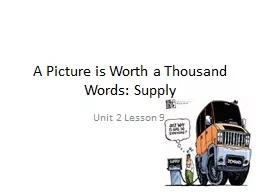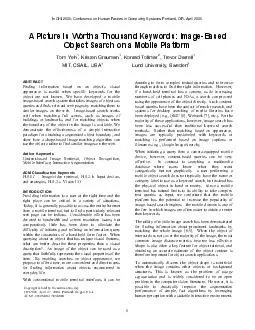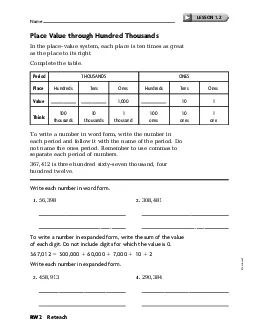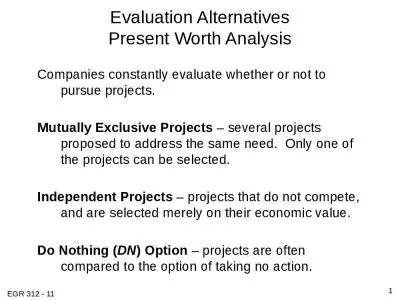PPT-A Picture is Worth a Thousand Words: Supply
Author : giovanna-bartolotta | Published Date : 2018-03-18
Unit 2 Lesson 9 Why do producers offer goods and services for sale Producers wish to earn money or even take pride in providing a good or service that other people
Presentation Embed Code
Download Presentation
Download Presentation The PPT/PDF document "A Picture is Worth a Thousand Words: Sup..." is the property of its rightful owner. Permission is granted to download and print the materials on this website for personal, non-commercial use only, and to display it on your personal computer provided you do not modify the materials and that you retain all copyright notices contained in the materials. By downloading content from our website, you accept the terms of this agreement.
A Picture is Worth a Thousand Words: Supply: Transcript
Download Rules Of Document
"A Picture is Worth a Thousand Words: Supply"The content belongs to its owner. You may download and print it for personal use, without modification, and keep all copyright notices. By downloading, you agree to these terms.
Related Documents














